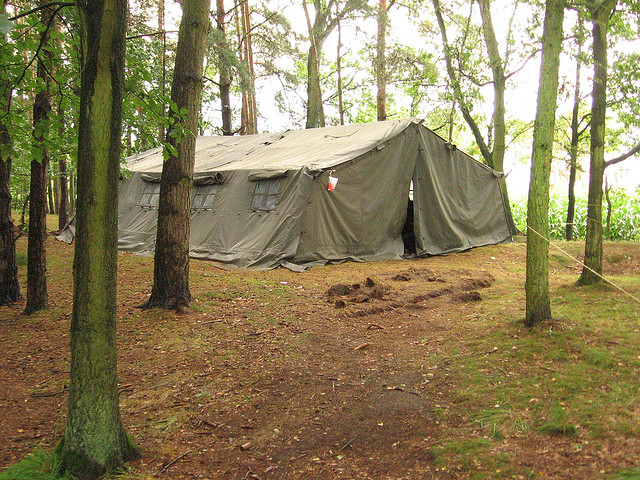Instruction
1
Put a linen cloth in a 40% solution of yellow Laundry soap. Once the fabric is saturated, remove the cloth and dip it in a 20% solution of copper sulfate. Get, dry. A waterproof fabric is ready.
2
Mix an aqueous solution of acetate of lead (30 g per liter of water) with a solution of aluminium sulphate (21 g, 350 ml of water). Stir until complete mixing and strain the resulting composition through the muslin. Now put this mixture for 15 minutes the fabric, and then pull it out and dry without squeezing.
3
Dip the cloth in a solution of 90 parts water, 10 parts glue, 1 part dvuhromovokislyj potassium and 1 part of acetic acid. After that, remove and dry.
4
Some tips on making the tent. The floor of the tent and its back better stitching of thicker and more durable material than the main part.
5
Panels connect double thick seam, coated rubber adhesive. This will keep the seams of the tent from leakage.
6
Miss the thick rope of hemp between the braid and the ridge. And then for the ends of the rope tied around the loops, attach the stretch. In addition, the location of the hinge should be closed special patch.
7
At the ends of the ridge to make the holes for the pillars, secure them with a light grommets (metal clips) or sewn sturdy and thick thread. Over the grommets would be better to sew the cap. It will prevent water intrusion into the hole.
8
In the rear wall make a hole with a sleeve for ventilation. And the entrance is made of two halves. The cloth you will be able to fasten with a rope zips or fastenings and hinges. And don't forget to secure the sill at the entrance to protect themselves from dirt and water.
9
The tent should be stored together with pegs and racks in the case. When laying it in the case, the tent must be completely dry. If you are going to use the tent for a long time, wipe with a cloth talcum powder and roll them.

